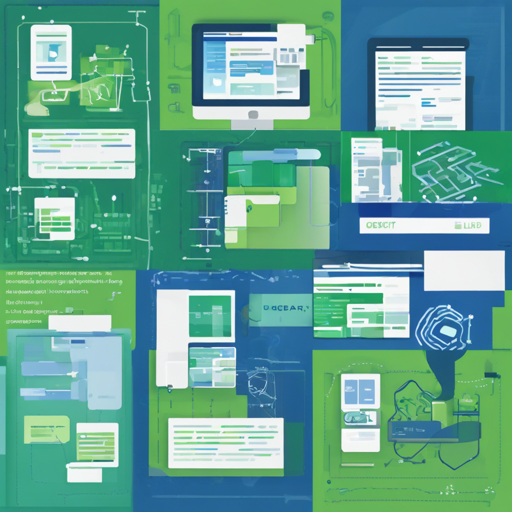Welcome to your guide on how to build the GDCM library, a robust tool for processing medical images. Here, we will explore the build process using CMake, discuss its various features, limitations, and tackle some troubleshooting tips. Let’s dive in!
What is GDCM?
GDCM, short for Grassroots DICOM, is a library designed for handling DICOM images, which are common in the medical field. This library is open-source and facilitates image processing with great flexibility. The official documentation can be found at gdcm.sourceforge.net.
Why Use CMake?
The building process for GDCM utilizes the CMake software, which offers several advantages:
- Eliminates the hassle of autoconf and autotools.
- Can generate various types of project files such as Unix Makefiles, NMake Makefiles, Visual Studio Solutions, and Xcode projects.
- Supports automatic nightly testing, ensuring reliability for software development.
The Build Process
Building GDCM is akin to constructing a complex LEGO set; each piece needs to fit perfectly to create something functional. Here’s how you can proceed with the build:
- Clone the Repository: Start by cloning the official GDCM Git repository from sourceforge.net.
- Install CMake: Ensure you have CMake installed on your machine. You can find more information at www.cmake.org.
- Configure CMake: Navigate into the GDCM directory and run CMake to configure the build settings.
- Build the Project: Once configured, compile the project using your preferred build tool. This could be `make`, `nmake`, or using your IDE’s build function.
- Testing: After building, ensure the library performs as expected by running the tests.
Troubleshooting Common Issues
While building GDCM is generally seamless, you may encounter some hiccups. Here are some common issues and their solutions:
- Problem: CMake cannot find required modules.
Solution: Make sure you have all dependencies installed, such as VTK for visualization tasks. Check the GDCM Wiki for dependency information. - Problem: The build fails with specific error messages.
Solution: Investigate the error logs to identify the source. Regular compatibility checks are conducted on open.cdash.org. - Considerations: Always verify if the GDCM dashboard shows a green light for your platform before updating your codebase.
For more insights, updates, or to collaborate on AI development projects, stay connected with fxis.ai.
Conclusion
By using the GDCM library, you can handle DICOM images more efficiently in your applications. Remember to keep an eye on the dashboard for nightly builds to ensure stability in your usage. At fxis.ai, we believe that such advancements are crucial for the future of AI, as they enable more comprehensive and effective solutions. Our team is continually exploring new methodologies to push the envelope in artificial intelligence, ensuring that our clients benefit from the latest technological innovations.

